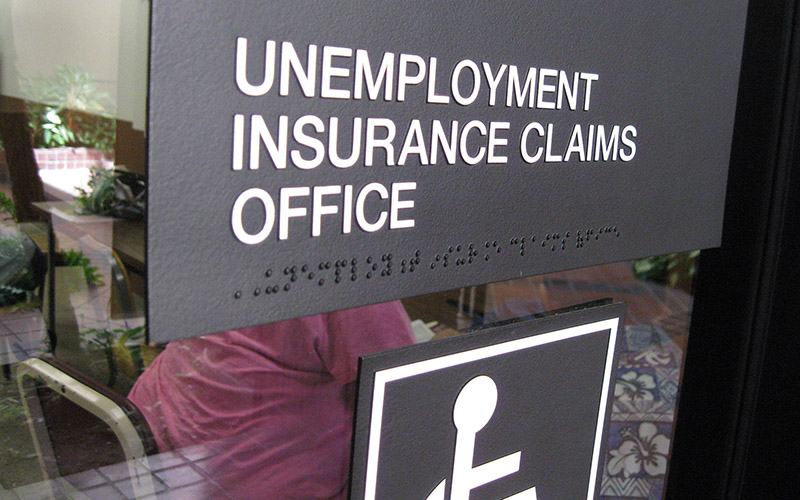
Arizona’s unemployment rate was almost cut in half last month, falling from 10.7% in July to 5.9% in August, the lowest number since the pandemic hit. While they welcomed the drop, some economists cautioned that the numbers may reflect a shrinking labor pool as much as a gain in jobs. (Photo by Bytemarks/Creative Commons)
WASHINGTON – Arizona’s unemployment rate plummeted last month to almost pre-pandemic levels, falling from 10.7% in July to 5.9% in August, according to the latest data from the Bureau of Labor Statistics.
While state officials hailed the drop as a sign that the economy is on the rebound, economists warned the new number may reflect a drop in the overall workforce as much as increase in employment. One expert said “that’s actually bad news, not good news” If it’s a sign that people have given up on getting a job.
Arizona was one of 41 states that saw their jobless rates fall in August, but Arizona’s 4.8 percentage point reduction was one of the steepest in the nation. The state’s unemployment rate also fell below the national rate of 8.4% after being higher than the national average for months.
The August numbers are also the lowest since the COVID-19 pandemic forced the closure of schools and businesses in March, throwing the state’s economy into disarray. The unemployment rate jumped from 4.5% in February to 6.1% in March, when business closures were ordered. The rate peaked at 13.4% in April, when more than 400,000 Arizonans were counted as unemployed, before beginning a slow decline.
“This pandemic has been incredibly hard for many people, but these numbers show Arizona is moving in the right direction,” Gov. Doug Ducey said in a statement Thursday on the unemployment numbers.
“We still have a ways to go. We know many people are still out of work due to the pandemic,” his statement said.
Doug Walls, labor market information director with the Arizona Office of Economic Opportunity, said his office has been seeing signs of jobs bouncing back after initial losses caused by COVID-19. The August numbers were welcome after a slight increase in the rate from June to July, he said.
“The numbers we did see in August were positive,” Walls said Friday. “They were above average for the month. It was a good thing to see, given declines just a month prior.”
Economists welcomed the August numbers, but said they may be misleading, pointing to one important statistic that is driving the jobless rate down – and it isn’t major employment growth.
“What we see in the data is driven by a large number of people leaving the labor force,” said George Hammond, a University of Arizona economics professor. “That can happen when people stop actively searching for work – they’re still unemployed, they’re just not being picked up in the unemployment rate.”
Unemployment is calculated by the number of jobless workers divided by the total number of workers in the labor force. From July to August, almost 150,000 workers left the workforce in Arizona. They are not counted as either employed or unemployed.
Arizona State University economics Professor Bart Hobijn flagged the decreasing labor force as an indicator of “discouraged workers.”
“A large part of the decline of unemployed people is because they stopped looking for work, and not people who find work,” Hobijn said. “When the unemployment rate drops because people stop looking for work, that’s actually bad news not good news.”
Hobijn said that might be a sign that a fraction of the workforce is becoming “pessimistic” about finding work.
Walls agreed that a shrinking labor force played a large part in the drop in unemployment, but said there are many reasons people stop looking for work including going back to school, taking care of family members and even simply taking a break between jobs.
The preliminary number for August has also nearly returned to the numbers of a year earlier, when the unemployment rate was 4.6%, but Hammond said there is little comparison between the two years given the havoc the pandemic has played with the economy.
“Clearly the labor market is in a very different shape in August 2020 then August 2019,” Hammond said.
While economists said there has been “continued gradual improvement” in employment, it’s not at the levels the unemployment rate suggests. Hammond predicted that the number of jobs likely will not recover to pre-pandemic levels until the second half of 2021.
Walls remains optimistic.
“There’s still room to grow and jobs to be gained back,” he said.
